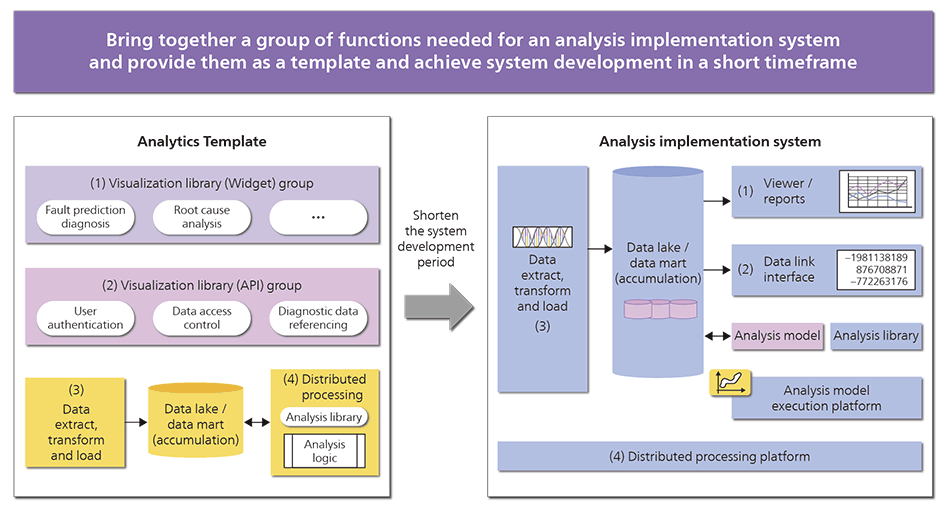6. Hitachi Virtual Storage Platform G1500/F1500
Against the background of sensing technologies, artificial intelligence and other advancements, many companies are stepping up efforts to collect and analyze various data and utilize it to build relationships with customers and boost production efficiency. Amid this climate, companies looking to create new mechanisms while withdrawing from existing businesses and enacting business reforms have emerged. As a result, IT systems departments that support companies’ data utilization need to address a range of business requests and reflect them in systems.
In light of this, in October 2016 Hitachi released VSP G1500, the high-end model in the Hitachi Virtual Storage Platform family of storage products supporting system infrastructure. In conjunction with the release, Hitachi commercialized the high-end all-flash array VSP F1500 to address growing flash storage utilization needs due to the recent advancement of digital society.
In addition to a wide range of conventional virtualization features including virtualization that ties multiple storage units together, virtualization of volume capacity and storage hierarchies and virtualization to present two storage units as a single unit, VSP G1500 features newly-added space reduction features that compress data and remove duplicates, offering a high-end model that enables more efficient and low cost data storage. In another offering, the VSP F1500 all-flash array, which is designed and optimized for flash-based storage, retains the same high availability and reliability while processing more orders at high speed and reducing the time taken from data accumulation to analysis and utilization. By enabling high speed and stable access performance to the ever-growing amount of data, Hitachi is helping customer businesses create high added value.
6. Storage products lineup










